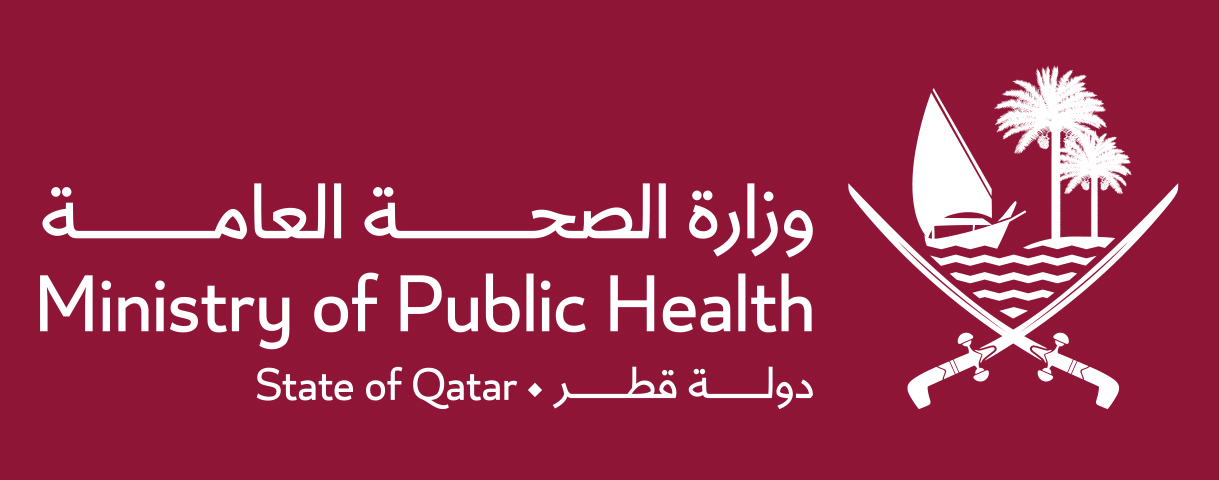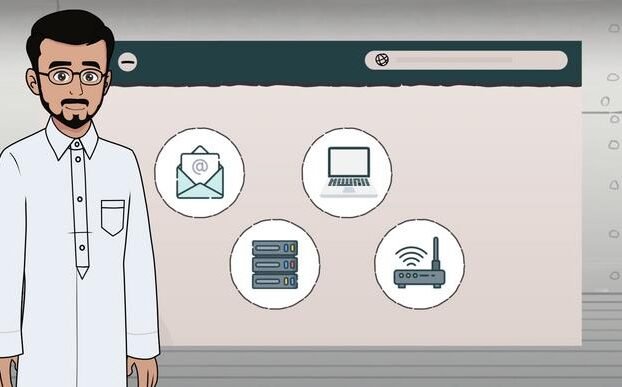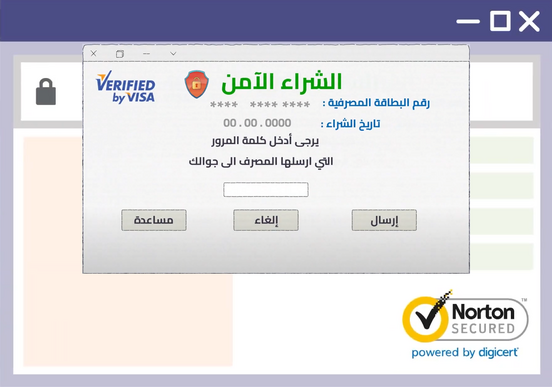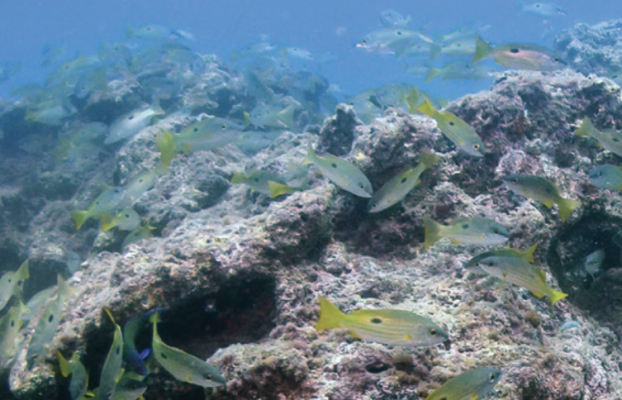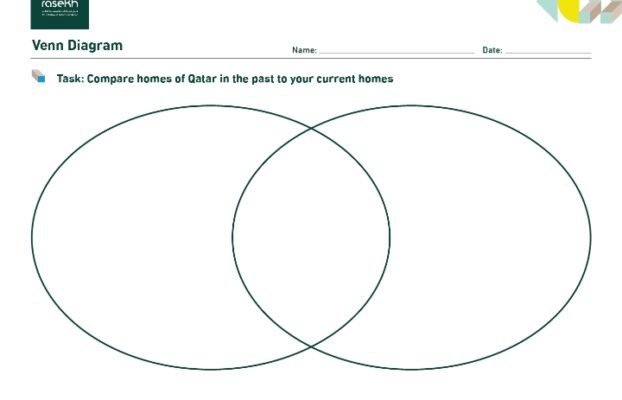Aspartame Health Awareness
Aspartame Awareness
-
Precision Health
QNV 2030: Qatar National Vision 2030
-
Resource Plan
-
SDG 3: Good Health and Well-Being
-
15 - 16 years
-
Language(s), Maths, Science
-
Resource ID: 15470
- Share Feedback Embed Resource
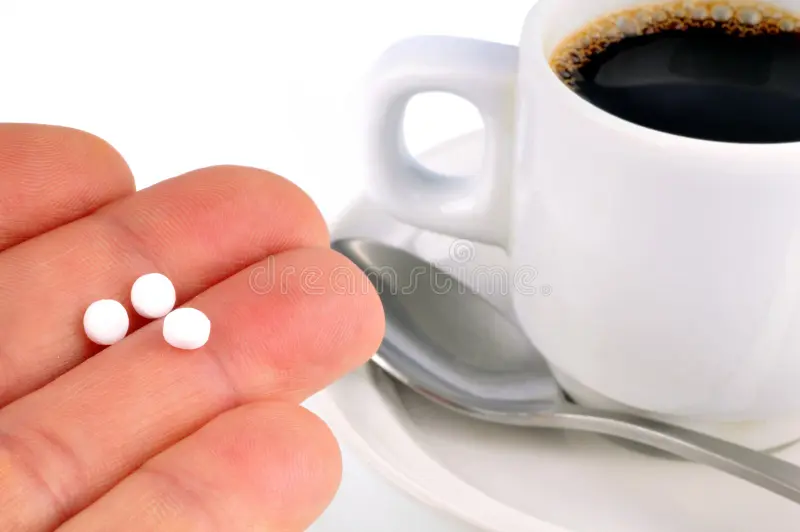
Overarching Goal(s)
- To equip learners with the knowledge, skills, motivation and understanding to demonstrate the importance of Glocalization as a sustainable model for learning.
- To inspire students to act sustainably from both local and global perspectives.
Learning Outcomes
- Learners describe, explain, and interpret the characteristics, structures and interactions of a theme, group, project, or organization related to glocalization.
- Learners discuss, plan, and evaluate learner-initiated-action in a sustainable way.
- Learners develop lifelong skills which support their sustainable actions.
- Learners reflect on the impact of their actions and demonstrate their understanding of the action as related to sustainability.
Possible Duration (Hours)
6-7 hours
Qatar National Vision 2030 Connection
Qatar National Vision 2030:
English: https://www.gco.gov.qa/en/about-qatar/national-vision2030/
Arabic: https://www.gco.gov.qa/ar/about-qatar/national-vision2030/
Source: Government Communications Office (2023). Qatar National Vision 2030. [online] Government Communications Office. Available at: https://www.gco.gov.qa/en/about-qatar/national-vision2030/
Sustainable Development Goals (SDGs) Connection
SDG 3: Good Health and Well-being: The lesson will have aspects of promoting and raising awareness to sustain good health and well-being.
The 17 Sustainable Development Goals, United Nations
English: https://sdgs.un.org/goals
Arabic: https://sdgs.un.org/ar/goals
Source: United Nations (2024). The 17 Sustainable Development Goals. [online] United Nations. Available at: https://sdgs.un.org/goals
Action Learning Outcomes
- Learners discuss, evaluate, and plan student-initiated activities.
- Learners become more aware of their own strengths and areas for growth.
- Learners undertake challenges that develop new skills.
- Learners persevere in action.
- Learners consider the ethical implications of their actions.
Content
The content of the lesson tool revolves around identifying and understanding that aspartame is an artificial sweetener that should be consumed in moderation to sustain good health and well-being.
Resource Utilization and Identification: Ministry of Public Health (MoPH)
Subject Matter: Making connections with global and local food and drink products that contain aspartame, analyzing packaging, understanding health advice and information on consumption of aspartame, and presenting an awareness presentation for peers and teachers.
Glocalization Connections: Connect the need to ensure not to over consume aspartame is a global health issue and concern.
Differentiation: Mixed ability collaboration.
Critical Thinking: Encourage students to critically analyze the content of aspartame in food and drink products.
Biology/sciences of health, well-being and nutrition to explain lifestyle factors, including sustaining a healthy diet locally, nationally, and globally.
Real-world Application: Discuss and explain how understanding the effects of excessive consumption of aspartame impacts on one’s health and well-being.
Strategies
The strategies employed in this lesson tool are designed to foster analyzing, critical thinking, inquiry, collaboration, and innovative engagement. They include visible thinking routines, responsive pedagogy, and problem-solving approaches to adapt to students’ needs and encourage active participation. Students apply meaningful learning experiences that connect to sustainable measures in making the right dietary and health choices.
Responsive and Adaptive Pedagogy: Adjust the pace and level of guidance based on student responses and engagement, considering the impact of excessive use of aspartame.
Visible Thinking Routines: Implement the “Connect-Extend-Challenge” visible routine to stimulate critical thinking and discussion. Encourage students to utilize what they already know, and what they want to find out more about; to extend their knowledge to learn new information.
Inquiry: Encourage students to inquire about artificial sweeteners and cultural significance in excessive consumption in fostering a sense of curiosity and exploration through research.
Collaboration: Facilitate a class discussion forum where students can share and compare their findings, promoting collaboration and the exchange of diverse perspectives.
Assessment for and as Learning: Use formative assessments during their presentations and responses to their multiple-choice questions from the health advice and information resource from the MoPH.
Problem-Solving: Ask students to identify and propose solutions to challenges related to excessive consumption of aspartame. Research into what is considered excessive consumption of aspartame.
Learning Experiences
Learning Engagement 1: Identifying the use of Aspartame in food and drink products.
Learning Objective: To identify aspartame consists in food and drink products
Introduction and context setting
Students will use the ‘Connect-Extend-Challenge’ visible routine in their notebooks. This visible routine helps students to draw connections between new ideas and prior knowledge.
Connect – What do you already know about aspartame?
Extend – What do you think aspartame is used in food and drink products globally and/or locally?
Challenge – What are you curious to know? What is puzzling you about aspartame usage? How is it linked with our health?
Part 1
Instructions for teachers
The teacher will explain to the students that aspartame is found in many food and drink products and they will analyze certain food and drink labels to see which products contain aspartame, and why is it used in the identified products from resource 1?
Resource 1: Identify the use of Aspartame in food and drink products: https://rasekh.qa/wp-content/uploads/2024/04/Resource-1_-Idenfitying-the-use-of-Aspartame-in-food-and-drink-products.pdf
Instructions for students
Students will analyze the food and drink labels on resource 1 and identify in which products contain aspartame used. Alternatively, the teacher can bring in real life products for the students to analyze the aspartame that exists in food and drink products that are available in Qatar local supermarkets, and some non-examples that are culturally appropriate.
Student friendly questions:
Why do you think aspartame is used in some food and drink products?
Have you tasted any of these products before? Did you notice a difference in them from products that do not contain aspartame?
Why do some people need to avoid eating sugar?
Are there any other alternatives other than aspartame that are more suitable?
What is ‘stevia extract’? Did you notice this used in a product? In which product?
Do you think sugar substitutes are fine if within a recommended daily dose?
What do you think the daily recommended requirement is? Estimate is fine.
Why do people who have diabetes need to be careful of their sugar intake?
What are the cultural and health implications of over-consuming any type of food or drink?
How does one feel when they have overeaten? Have you been in that position before?
What is the conduct and etiquettes of beloved Prophet Muhammed, Peace and Blessings Be Upon Him on eating food in moderation?
Instructions for teachers
The teacher can emphasize after students research that stevia extract is made from refined stevia leaf. It is also a sugar substitute with no calories.
Part 2
Learning objective: To understand the health advice and information about the ‘artificial sweetener’ aspartame.
Resource 2:
In English: https://www.moph.gov.qa/english/mediacenter/HealthTips/Pages/HealthTipsDetails.aspx?ItemId=44
In Arabic:
https://www.moph.gov.qa/arabic/mediacenter/HealthTips/Pages/HealthTipsDetails.aspx?ItemId=44
Instructions for teachers
The teacher will provide the following link to students about the health advice and information from The Ministry of Health on the ‘artificial sweetener’ aspartame and answer the following questions individually without the answers provided.
Peer reviews
The students will then team up with another pair and review their responses using the answers provided by the teacher. They can add information to their responses using another colored pen. They will discuss what they found interesting and compare their responses and why they thought this? What was interesting to know? Ensure conversations are culturally appropriate.
Students should be encouraged to record interesting thoughts and ideas into their notebooks or reflection journals.
Students will then be provided with resource 3: https://rasekh.qa/wp-content/uploads/2024/04/Resource-3_-MoPH-multiple-choice-questions-about-aspartame.pdf multiple choice questions from what they learned, and will answer them individually.
Instructions for students
Answer each question from the information and health advice on aspartame you learned.
Learning Engagement 2: Creating a presentation to raise awareness about consuming aspartame.
Learning Objective: To create a presentation to raise awareness about consuming aspartame.
Students will:
- Describe what is aspartame and provide examples and non-examples:
- Include a graph that shows different levels of aspartame in different types of food mg/kg body weight. Students can add some questions relating to the graph for peers to answer (optional).
- Include information about the daily approved intake.
- Provide advice about checking the labels and not to over consume.
- Research and include in our own words, citing references what is considered as excessive (provide examples of excessive intake of aspartame).
- Suggest possible solutions and alternatives which can include natural sugar substitutes.
- Suggest the natural fruit that contains low traces of natural sugar.
- Explain health benefits advice to ensure what we eat and drink is consumed in moderation.
Instructions for teachers:
Students have been provided the task as ‘Health Ambassadors’ to create presentations based on the above criteria using preferred choices to present. Examples include, but not limited to: Prezi, PowerPoint, creative animated presentation tool, poster, or leaflet. Using technology might be used to assess technological skills.
Instructions for students:
Students will ensure they have included the above criteria as they create their presentation and be creative. They should refer to the rubric resource 4: https://rasekh.qa/wp-content/uploads/2024/04/Resource-4_-Rubric-for-Presentation-on-Aspartame.pdf
Presentation
Students will present their presentations to their teachers and peers.
Action plan
The students will come up with an action plan by keeping a record for a week at home of the types of food and drink they, or a member of the family consume containing aspartame. Check if it is within their suggested daily intake. If they find members of their family are consuming more than is adequate, they can suggest natural alternatives and ways to reduce the consumption, and be mindful if they are diabetic. Support and care for each other is to be considered.
Checking for Understanding
Learning Engagement 1: Identifying the use of Aspartame in food and drink products.
Part 1
Check students; understanding from identified products.
Part 2
Check understanding of the health advice and information based on the responses to the multiple choice questions.
Learning Engagement 2: Creating a presentation to raise awareness about consuming aspartame.
Check students: understanding from criteria provided.
Differentiation
Mixed ability pairs
Key Vocabulary
advice, amino acids artificial sweetener, aspartame, aspartic acid, body weight, diabetes, dosage, health, natural, phenylalanine, mass, well-being
Resources
Resource 1: Identify the use of Aspartame in food and drink products: https://rasekh.qa/wp-content/uploads/2024/04/Resource-1_-Idenfitying-the-use-of-Aspartame-in-food-and-drink-products.pdf
Resource 2: MoPH Health Advice and Information on Aspartame (Artificial Sweetener)
In English: https://www.moph.gov.qa/english/mediacenter/HealthTips/Pages/HealthTipsDetails.aspx?ItemId=44
In Arabic:
https://www.moph.gov.qa/arabic/mediacenter/HealthTips/Pages/HealthTipsDetails.aspx?ItemId=44
Resource 3: Multiple Choice Questions from MoPH Health Advice and Information on Aspartame: https://rasekh.qa/wp-content/uploads/2024/04/Resource-3_-MoPH-multiple-choice-questions-about-aspartame.pdf
Resource 4: Rubric for presentation on health advice and information on Aspartame: https://rasekh.qa/wp-content/uploads/2024/04/Resource-4_-Rubric-for-Presentation-on-Aspartame.pdf
Qatar National Vision 2030:
English: https://www.gco.gov.qa/en/about-qatar/national-vision2030/
Arabic: https://www.gco.gov.qa/ar/about-qatar/national-vision2030/
Source: Government Communications Office (2023). Qatar National Vision 2030. [online] Government Communications Office. Available at: https://www.gco.gov.qa/en/about-qatar/national-vision2030/
Summarized four pillars: https://rasekh.qa/wp-content/uploads/2024/04/Qatar-National-Vision-2030-pillars.pdf
Resource Publisher
Ministry of Public Health
The Ministry of Public Health is the supreme authority concerned with health affairs in Qatar. We believe in our ability to build a health system that provides advanced health care according to the highest standards.
